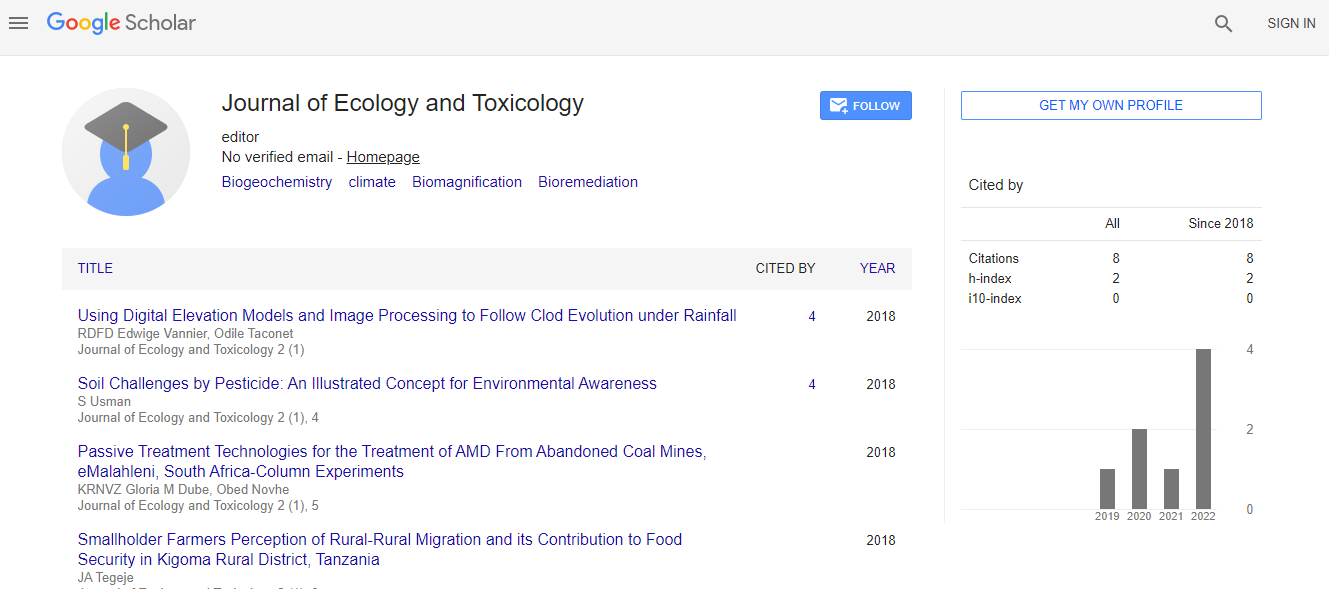Source apportionment of the total ambient organic carbon in the central Los Angeles over the 2005-2015 time period
Abstract
One of the major drivers of ambient fine particulate matter
(PM2.5) toxicity is organic carbon (OC) which can
be emitted from multiple emission sources. In this study,
thus, the main sources of total OC in the central Los
Angeles (CELA) were determined over the 2005-2015
time period, using the positive matrix factorization (PMF)
source apportionment model. This time period was specifically
selected to evaluate the effects of implemented air
quality legislations on the different contributing sources
to the total OC concentrations during the study period.
Concentrations of OC, elemental carbon, OC volatility
fractions, ozone, sulfate, and several trace metals and elements
were extracted employing the Chemical Speciation
Network (CSN) database to be used in the model. Our
results indicated three sources as major contributors to
total OC: (i) vehicular (tailpipe) emissions, (ii) secondary
organic aerosol, and (iii) non-tailpipe emissions. It was
also observed that tailpipe emissions contribution to total
OC has been decreased over the study period, most
likely because of the new implemented regulations to limit
the vehicular emissions in the area. In details, the 57%
contribution of tailpipe emission to total OC in 2015
dropped to 43.4% and 49.6% in the time period of 2010-
2015. In contrast, the relative contributions of secondary
organic aerosol and non-tailpipe emissions, cumulatively,
to total OC showed considerable increases over the study
period. The findings of this study highlight the need for
investigation of the non-tailpipe emissions, given the developed
mitigation strategies for tailpipe emissions in the
CELA over the recent years.

 Spanish
Spanish  Chinese
Chinese  Russian
Russian  German
German  French
French  Japanese
Japanese  Portuguese
Portuguese  Hindi
Hindi 